Introduction: Outdoor Pet Gear
PETSIDI – Outdoor adventures with our furry friends can be so much fun. Getting some fresh air and exercise does everyone some good. But before heading out, we need to make sure we have the right outdoor pet gear to keep our pets happy, healthy, safe, and comfortable.
Leashes
A good leash appropriate for our pet’s size and energy level helps keep them under control so they don’t run off or get hurt.
- Retractable leashes work well for giving pets more freedom to explore while keeping them close. They allow the length of the leash to be easily adjusted with the press of a button. The cord can extend up to 16 feet but recoils with tension so pets don’t wander too far. Just be careful to avoid getting the cord tangled and be mindful of the extra slack, as even slow walker dogs can get quite a bit of momentum built up. Practice good leash habits.
- For strong, powerful dogs that might otherwise drag us down the trail, double-handled leashes offer enhanced control and leverage. One handle attaches to the collar up close to reinforce good behavior next to you. While the second handle connects to a chest clip for more control at a distance.
- For smaller or older pets, lighter and shorter fixed-length leashes that measure 4-6 feet long can help reduce strain on their delicate necks. Thin leashes also reduce the leverage that could pull petite pooches off balance. Prioritize gentle guidance over restraint.
In general, properly size all leashes to your pet’s weight and strength. Consider doubling up for additional security by attaching both a leash and tether simultaneously.
Collars and harnesses
Collars and harnesses serve various helpful purposes, so thoughtfully consider our pet’s needs and challenges. The right equipment keeps them comfortable while enabling clear communication.
- Head collar halters gently guide a dog’s head to redirect their movement for increased control. This enhances focus when training good manners to walk politely on a leash without pulling. It also helps reduce lunging behaviors by preventing full neck extension. But head halters must be appropriately fitted and introduced with care as they can initially provoke some objections.
- To help control major pullers and safeguard delicate tracheas, no-pull harnesses redirect force from the neck across the stronger chest and shoulders. This makes walking more pleasant for both the pet and the guardian. It reduces gagging, coughing, and wheezing from excessive pressure on tender windpipes.
- Especially when traveling through wide open spaces, ensure pets wear properly fitted collars prominently displaying clear identification tags along with current rabies and license info. But use breakaway cat collars to prevent inadvertent catching and strangulation hazards.
- For pets with slender builds or medical conditions, padded and gentle leader collars provide extra cushion for comfort without choking. Measure neck circumference closely and allow room for just two fingers to slide underneath. Routinely check the fit to accommodate the growth of young pets. Snug is soothing, tight is not.
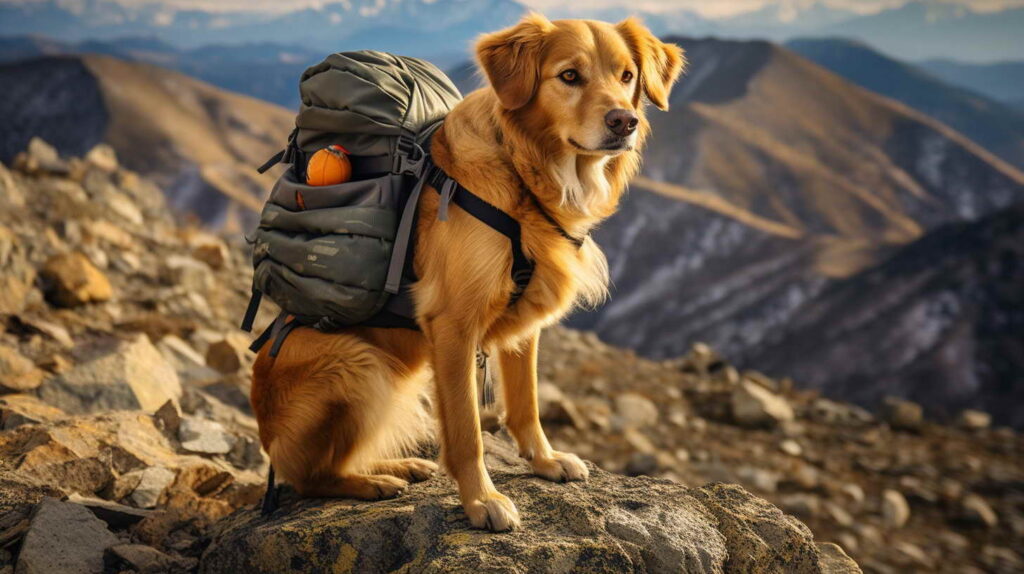
Packs
High-energy, athletic breeds often appreciate carrying a job or purpose. Load up sturdy doggie backpacks to provide pets an outlet for their strength while lightening our load. Just be mindful not to overload tiny frames with excessive weight. An evenly balanced pack should not exceed 10-15% of their body weight. Start conservatively and condition gradually over time.
Use breathable packs with two openings for easy loading. Divvy gear between sides and compartmentalize to prevent shifting. Allow full range of motion and monitor fits with various postures – sitting, standing, lying down. Watch closely on ascents and descents. Rapid position changes can cause packs to shift and throw off balance.
Well-fitted packs improve posture and balance while reducing joint impacts. But still routinely check for chafing and sores which indicate points of friction. Learn proper packing principles:
- Place dense, heavier items close to the dog’s center of gravity – by their shoulders over front legs
- Softer, lighter materials toward the periphery
- Pointy bits padded and secured safely
- Accessibility of necessities – bowls, waste bags, emergency gear
- Pockets for organization and partition
- Visibility – bright colors and reflective trim
Some great things for canine companions to carry include collapsible bowls, poop bags, first aid supplies, and their favorite squeaky toy for apres adventure. Just remember to balance loads and take plenty of rest stops to set gear down. Don’t demand long distances under heavy burdens. Meet high-energy breeds halfway in their eagerness to have a job to do.
Booties
Protect those vulnerable paws from hot pavement, rough terrain, and frosty ice with durable dog shoes and booties. Sizing must be meticulously measured for accuracy. Boots should fit snugly without constriction, using weight rather than paw dimensions. And introduce them slowly with generous praise and treats to build positive associations.
Ruffwear makes boots with Vibram soles for grip and security, while Muttluks fleece-lined their boots for warmth. There are also disposable single-use slip-ons for short-term use. Use all-season booties to withstand the elements across a range of adventures. Monitor wear and tear for replacements. Check paws frequently for irritation until you’re sure they tolerate wearing them.
Some dogs adjust easily to booties, bounding right along like it’s second nature. For others overcoming the initial foreign sensation requires significant encouragement with an abundance of their favorite snacks. Patience through the break-in process prevents long-term resistance. Make it fun and rewarding.
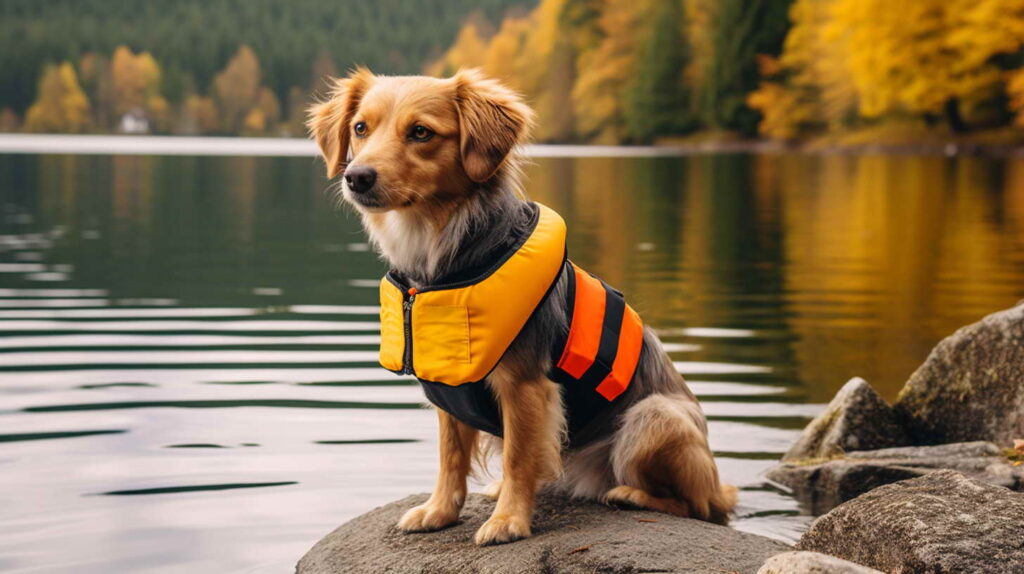
Life jackets
Around water, ensure safety with properly fitted pet life jackets to provide backup buoyancy for weak or nonswimmers. Factor in shape and size when selecting flotation aids. Measure girth and choose vests with handles for easy grasping should emergency extraction become necessary. Snug fits keep jackets properly positioned. Avoid ill-fitting ones that ride up or slide sideways.
Introduce jackets on land first before trying them out on open water. Let timid pets sniff and investigate them while receiving bountiful treats. Get them accustomed to wearing them without panic about restrictions to avoid flailing and obstructed movement. Remaining calm is essential should adverse water events occur. Secure straps snugly but not overly tight.
Test personal flotation devices annually for buoyancy and fit. Ensure fasteners and handles remain intact. Watch for signs of wear. Replace deteriorated vests that fail to keep pets’ heads permanently above water. Invest in quality brands for durability across seasons.
And remember – life jackets buy time, not skills. They aren’t a substitute for supervision. Weak swimmers still need rescue. Continually improve paddling technique through lessons that build endurance and confidence.
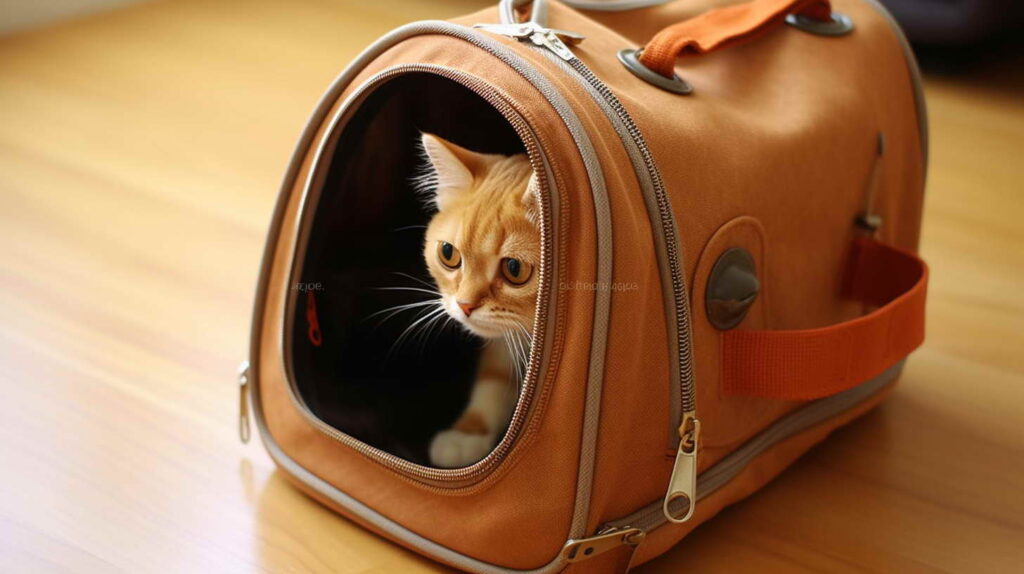
Travel and containment
For automobile travel, securely contain pets using well-ventilated crates and carriers fastened with ties or seatbelts to prevent sliding and collision injuries. Hard-sided varietals keep animals protected by absorbing force rather than transmitting it during accidents or evasive maneuvers. An anchored crate also prevents dogs from leaping into the front seat, which could cause dangerous driver distraction.
- Include familiar crate beds and favorite toys to ease anxiety for nervous travelers unsettled by motion.
- For accessibility needs, consider durable folding wire crates rather than confining solid plastic. However plastic carriers may enable smoother portability between modes of transport.
- Protect pets from temperature extremes inside vehicles. Maintain comfortable cabin conditions always. Do not leave pets unattended without climate control, even briefly.
- Hydrate pets frequently on road trips. Walk them hourly on long journeys.
- Request veterinary anti-anxiety medications to ease distress for those suffering severely from motion sickness.
When camping outdoors, establish clear physical boundaries using visual markers so both pets and people understand the extent of allowed exploration space. Instead of vague verbal cues, create tangible anchors. Options include:
- Short tie-outs firmly secured between trees or corkscrewed stakes with cables or runner lines. Add a swivel snap link to prevent tangling.
- Portable exercise pens, fences, or gates arranged in smaller enclosures for shorter stays. Larger perimeter for more permanent dwellings.
- Staked down tarps or staked fencing to enclose specific areas under canopies.
- If lacking sturdy infrastructure, keep pets on 15-30 foot leads for potty walks around campsites. Better to tether them temporarily than risk them dashing into the wilderness. But don’t leave them tied down for long periods; lonely pets tend to overreact upon return.
When the freedom to roam isn’t safe or permitted in certain public spaces, confinement helps restrict pets for their protection. Contain them within view and remain alert to needs. Supervise closely regardless of barriers since clever escape artists manage to slip away surprisingly often. Check enclosures for vulnerabilities that clever paws might exploit. And never crate pets for excessively long periods. Employ tactics judiciously to encourage good behavior rather than primarily restrictions. Promote cooperation through positive interactions.
Protection from the elements
Safeguard pets against weather conditions and seasonal threats using protective outerwear tailored to their unique needs. Measure carefully for proper fit. Monitor their comfort level and make adjustments to avoid overheating or chilled shivering. After all, letting dogs be dogs gets messy! Choose gear that contains messy play while blocking exterior hazards like wind, water, dirt, and insects. Thoughtfully assess conditions and plan accordingly with these available options:
Cool and cover-up
- Lightweight windbreaker vests in bright colors
- Hooded rain slickers or heavy-duty Marmot coat equivalents
- Insulated winter jackets for warmth during frigid months
- Evaporative cooling vests to prevent heat stroke on sweltering days
- Breathable mesh jackets that repel debris in muddy zones
Protect paws and skin
- Sturdy dog goggles shield eyes from debris when running trails
- Mushers Secret wax protects paw pads from scratches and ice-melt chemicals
- Biodegradable Balm prevents chapping and soothes abrasions
- Neoprene ankle sleeves support joint strains from overactivity
- Rubber under boots, fins, and rain shoes redirect mud away
Guard against snow Specifics
- Cozy fleece snoods cover ears from frostbite
- Knitted snow nose protectors disguise vulnerable scent receptors
- Matching sweaters and booties prevent snow clumping on bellies and toes
- Waxy balms provide insulation from ice and salt irritation
- Consider tire traction aids like claw caps for stability
In extreme weather, avoid leaving pets outdoors for extended periods. Recognize signs of hypothermia, frostbite, hyperthermia, and sunburn which indicate they require emergency first aid and rapid veterinary intervention. Prevention is paramount. Plan activities thoughtfully by specimens health considerations. What rejuvenates one pet may jeopardize another. Evaluate realistically before venturing out into the elements.
Clean-up
When enjoying public parks and trails, environmental stewardship is vital. Pack waste bags and a trowel for prompt poop clean-up no matter how inconvenient the timing or location. Bag it then bin it using available trash infrastructure even if that requires packing it out. Diligent owners committed to leaving no trace to make the outdoors more pleasant for everyone else. We all occasionally forget a bag or encounter mishaps. But strive for mindfulness of surroundings at all times.
Emergency Preparation
In addition to cleanup tools, prepared guardians also carry:
- Pet-oriented first-aid kits – gauze, tape, antibiotics, chemical wash
- Important phone numbers – veterinarian, emergency clinics, poison control
- Current color photos of pets from multiple angles to aid identification
- Complete medical records noting existing conditions, medications, vaccines, surgeries
- Preventative wellness medications – heartworm, flea and tick
- Familiar toys or treats provide comfort through stressful situations
And crucially, know basic animal first aid. Pursue pet CPR and rescue breathing certification. Study proper restraint techniques, injury stabilization, decontamination protocols, wound management, and monitoring vitals. Prepare for emergencies confidently before they happen. Then respond calmly as challenges arise. Fear and hesitation waste precious moments. So train extensively using regular practice scenarios and drill protocols. Outline emergency procedures clearly on paper noting resources to activate. Identify contingency measures for various hypothetical scenarios – snake bites, vehicular trauma, hunters, violent weather, environmental poisoning, etc. Maintain readiness to handle crises decisively. Stay present and focused. A lifetime of joy relies on vigilance and responsiveness in difficult moments.
The right outdoor pet gear makes adventures fun for everyone. Assess each animal’s breed, age, health status, and temperament to select appropriate equipment that enhances connection while preventing harm. Supervise them actively, noting signals of distress. Adapt swiftly, reevaluating conditions based on their comfort. With conscientious planning tailored specifically to individual needs, pets and people thrive together through remarkable lifelong journeys.
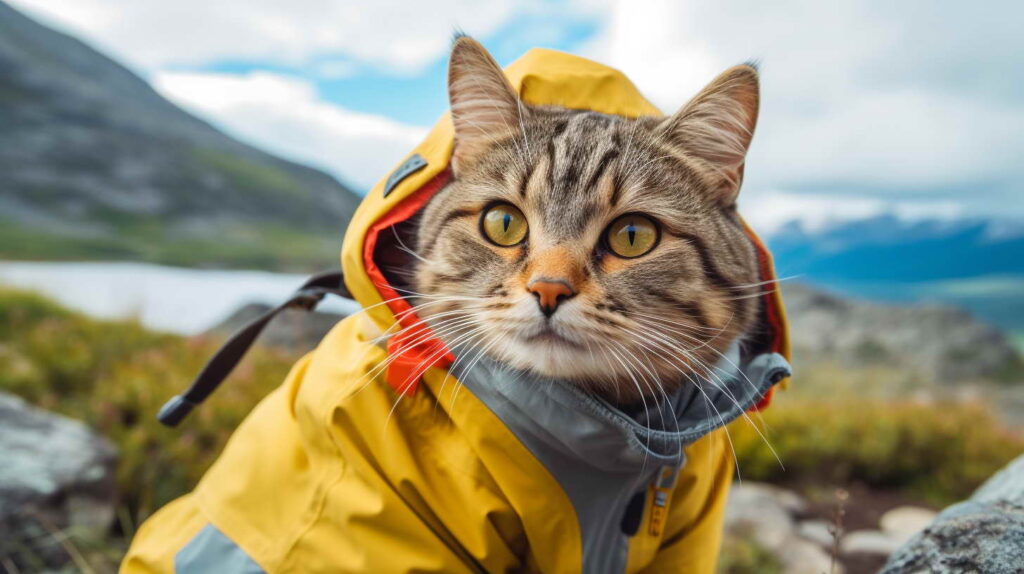
Outdoor Pet Gear Checklist
| Category | Types | Purpose |
|---|---|---|
| Leashes | Retractable, double-handled, short, light | Control, convenience |
| Collars & harnesses | Head halters, no-pull, bright ID, padded, gentle leader | Communication, control, visibility |
| Packs | Breathable backpacks | Carrying capacity |
| Booties | All-weather shoes, disposable slip-ons | Paw protection from elements |
| Life jackets | Flotation vests | Water safety |
| Travel | Crates, carriers, accessories | Transport, containment |
| Outerwear | Windbreakers, raincoats, warming coats, cooling vests | Protection from elements |
| Clean-up | Waste bags, trowel | Sanitation |
| Emergency | First-aid, contacts, records, medication | Preparedness |
Wrapping up
The proper selection of Petsidi outdoor gear suited to a pet’s unique needs and temperament is crucial for ensuring health, safety, and enjoyment on adventures of all kinds. Retractable leashes, ergonomic harnesses, durable booties, flotation devices, protective outerwear, travel carriers, clean-up tools, and first-aid kids – equip pets appropriately according to activity and conditions. Supervise them actively, noting signals of distress and adapting swiftly to maintain comfort. Prepared guardians foster deeper human-animal bonds through every peak, valley, and horizon explored together along the journey of a lifetime.
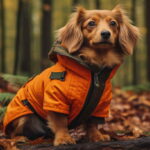
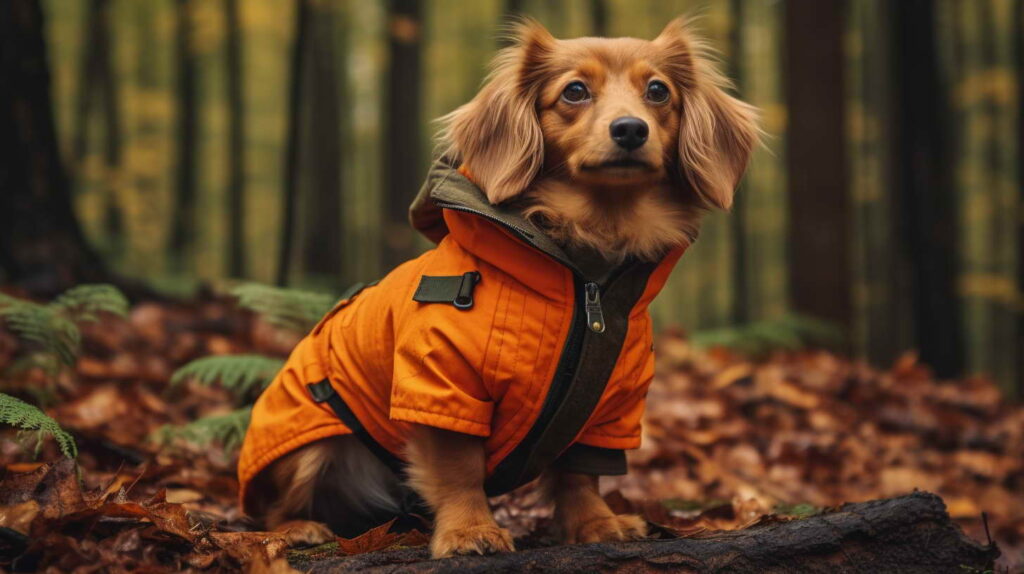
Leave a Reply